Charcoal is a versatile and expressive medium beloved by artists of all skill levels for its rich blacks, wide range of tones, and unique textures. Whether you’re a beginner looking to develop your drawing skills or an experienced artist seeking to refine your techniques, engaging in simple charcoal drawing projects can offer valuable practice and insight. This article presents six straightforward projects that cover essential aspects of charcoal drawing, including understanding light and shadow, mastering different textures, and enhancing composition skills.
Starting with Basic Shapes and Forms
Exploring Light and Shadow
A foundational exercise is drawing basic geometric shapes—spheres, cubes, and cylinders—and rendering them with accurate light and shadow. This project helps artists understand how light behaves, an essential skill in creating realistic drawings. By focusing on how shadows fall and how light and dark areas transition, artists can give their objects a three-dimensional appearance.
Textures with Charcoal
Experiment with creating different textures using charcoal. Try to mimic the textures of objects around you, such as the bark of a tree, fur of an animal, or the roughness of a brick. This exercise enhances your ability to communicate material properties through your drawings, a vital skill for more complex compositions.
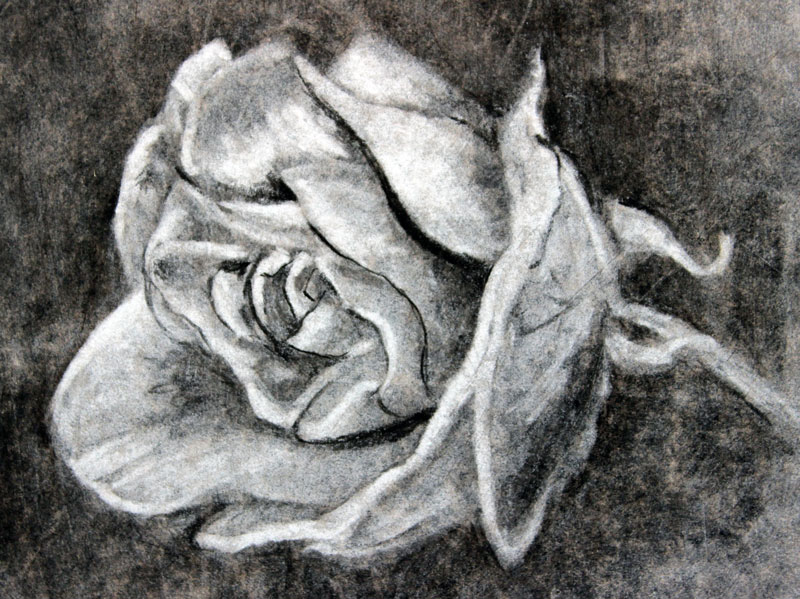
Developing Spatial Awareness
Negative Space Drawing
Enhancing your spatial awareness is crucial for balanced compositions. Practice drawing by focusing on the negative space—that is, the space around and between subjects rather than the subjects themselves. This technique can greatly improve your composition skills and help you create more dynamic artworks.
Simple Perspective Drawing
Understanding perspective is key to creating depth in your drawings. Begin with simple one-point perspective drawings, such as a straight road or a hallway, to get accustomed to the concept. As you become more comfortable, you can experiment with two-point perspectives, adding complexity to your scenes.
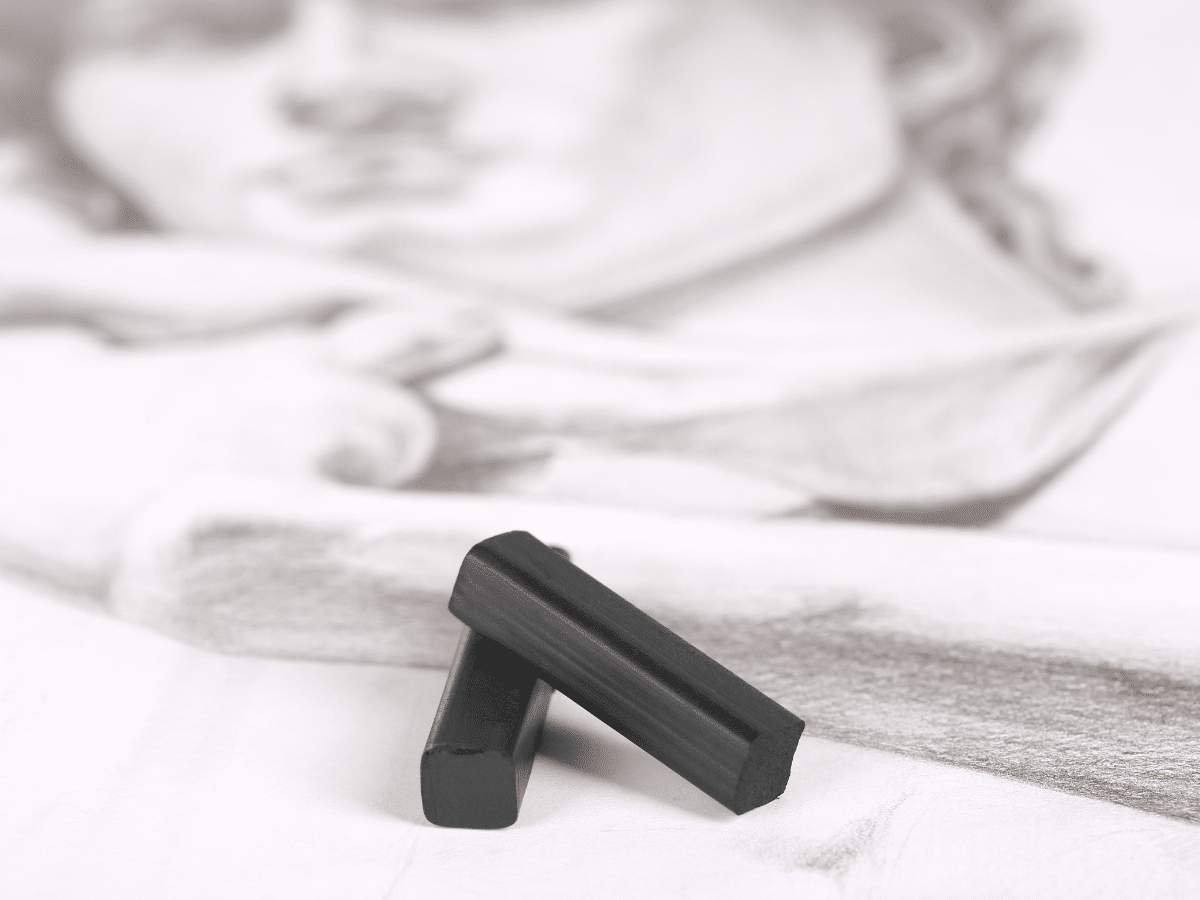
Enhancing Composition and Concept
Still Life Composition
A still life composition is a classic project that can significantly enhance your drawing skills. Arrange a few objects on a table, considering how they relate to each other in terms of size, shape, and placement. Focus not only on rendering the objects accurately but also on creating a composition that is aesthetically pleasing. This exercise teaches the importance of composition in art and allows for practice in depicting various textures and materials.
Self-Portrait with Expressive Lighting
Drawing a self-portrait can be a deeply personal and rewarding project. Focus on expressive lighting to add drama or mood to your portrait. Experiment with different light sources, such as a lamp to one side or light from a window, to see how shadows and highlights change your facial features. This project can advance your understanding of human anatomy, improve your ability to capture likeness, and allow you to experiment with conveying emotion through lighting.
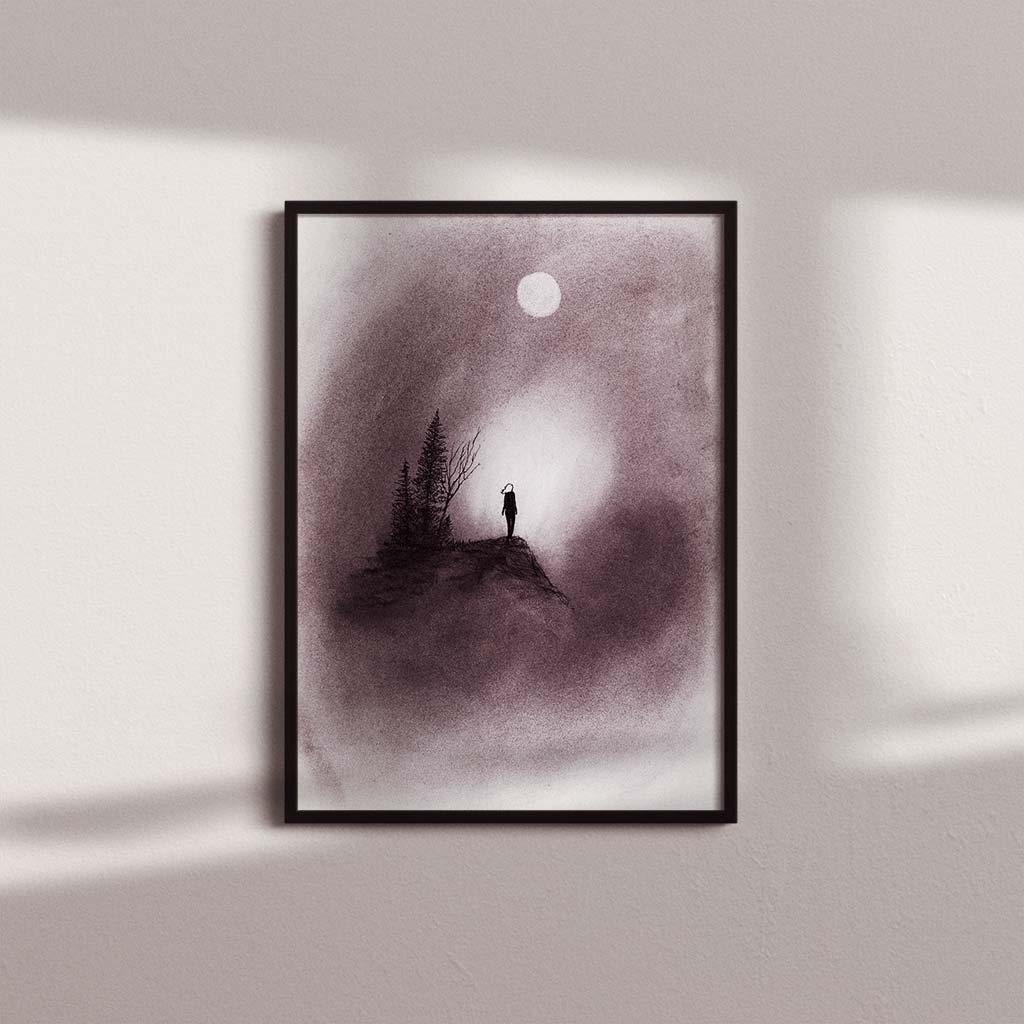
Bonus Tips for Charcoal Drawing Success
Keep Your Work Area Clean
Charcoal is known for its messiness, so keep your workspace tidy to avoid smudging your work unintentionally. Use a fixative spray to set your drawings, preventing them from smearing once they are complete.
Experiment with Different Grades of Charcoal
Different grades of charcoal offer varying levels of hardness and darkness. Experiment with hard, medium, and soft charcoals to see how they affect the line quality and shading in your drawings. Soft charcoal is great for dark, rich tones, while harder charcoal can provide precision and detail.
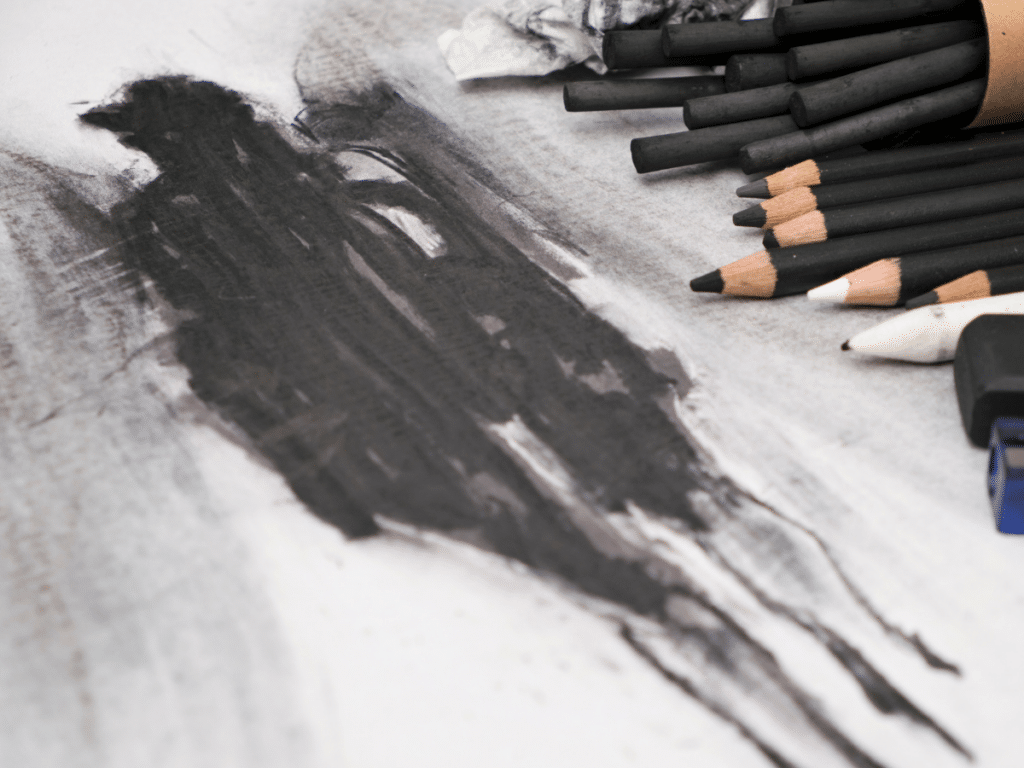
Capturing the Essence of Nature
Landscapes in Charcoal
Landscapes are excellent subjects for artists looking to challenge their use of scale and atmospheric perspective. Start with a simple horizon line, and create depth by adding elements like mountains, trees, and water. Varying the pressure and stroke with charcoal can give you a range of tones and textures, crucial for landscape features. This project helps artists to faithfully capture the majesty of the natural world in their work.
Sketching Animals with Movement
Capturing animals in motion can be tricky but rewarding. Begin by sketching quick, gestural silhouettes of animals to understand basic shapes and movement. Then, refine your sketches to add details such as fur texture and expressive features. This exercise trains your hand to work quickly and confidently, translating the dynamic essence of living creatures onto paper.
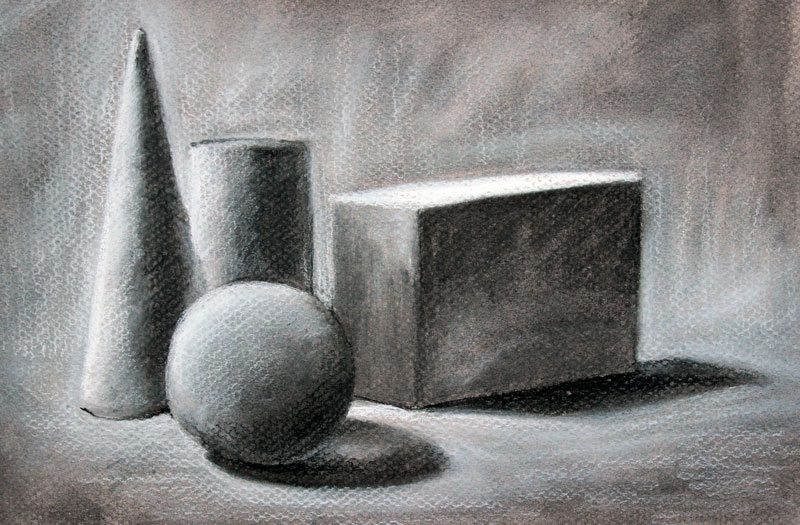
Embracing Human Emotions and Gestures
Expressive Portraiture
Delve into the world of portraiture with a focus on expressions. Working from a mirror or photo, concentrate on the eyes, mouth, and eyebrows, which are key to conveying emotion. Use light and shadow to enhance the mood in your portrait. While this might be challenging, mastering the subtle nuances of human expressions is highly rewarding and adds life to your charcoal portraits.
Figure Drawing with Charcoal
If you have access to a model or figure drawing class, embrace the challenge of rendering the human form in charcoal. Focus on capturing the overall gesture and posture before adding muscle definition and other details. Quick sketches can help you learn to suggest form with minimal lines, while longer poses allow you to delve deeper into shading and highlighting.
Expanding Creative Horizons
Abstraction and Symbolism
Once comfortable with realistic drawing, try pushing boundaries with abstract charcoal works. Play with form, line, and texture to create pieces that emphasize composition and movement over representational accuracy. Abstract drawing encourages artists to think conceptually and symbolically, providing a new avenue for visual expression.
Combining Media Experimentation
Charcoal doesn’t have to stand alone. Experiment with combining it with other media such as acrylic, pastel, or ink. This mixed media approach can introduce a wide range of textures, layers, and colors to your work. Observe how different media interact with charcoal and what effects they yield, thus adding complexity and depth to your artwork.
By tackling these simple charcoal drawing projects, artists can enhance their technical skills, explore new concepts, and develop a deeper understanding of this versatile medium. Each project offers a focused way to practice specific aspects of drawing, from rendering realistic light and shadow to creating compelling compositions. As you progress, you will find your confidence and capability in using charcoal increasing, paving the way for more complex and expressive artworks. Remember, the key to improvement is consistent practice, so pick up your charcoal and start exploring its potential today.